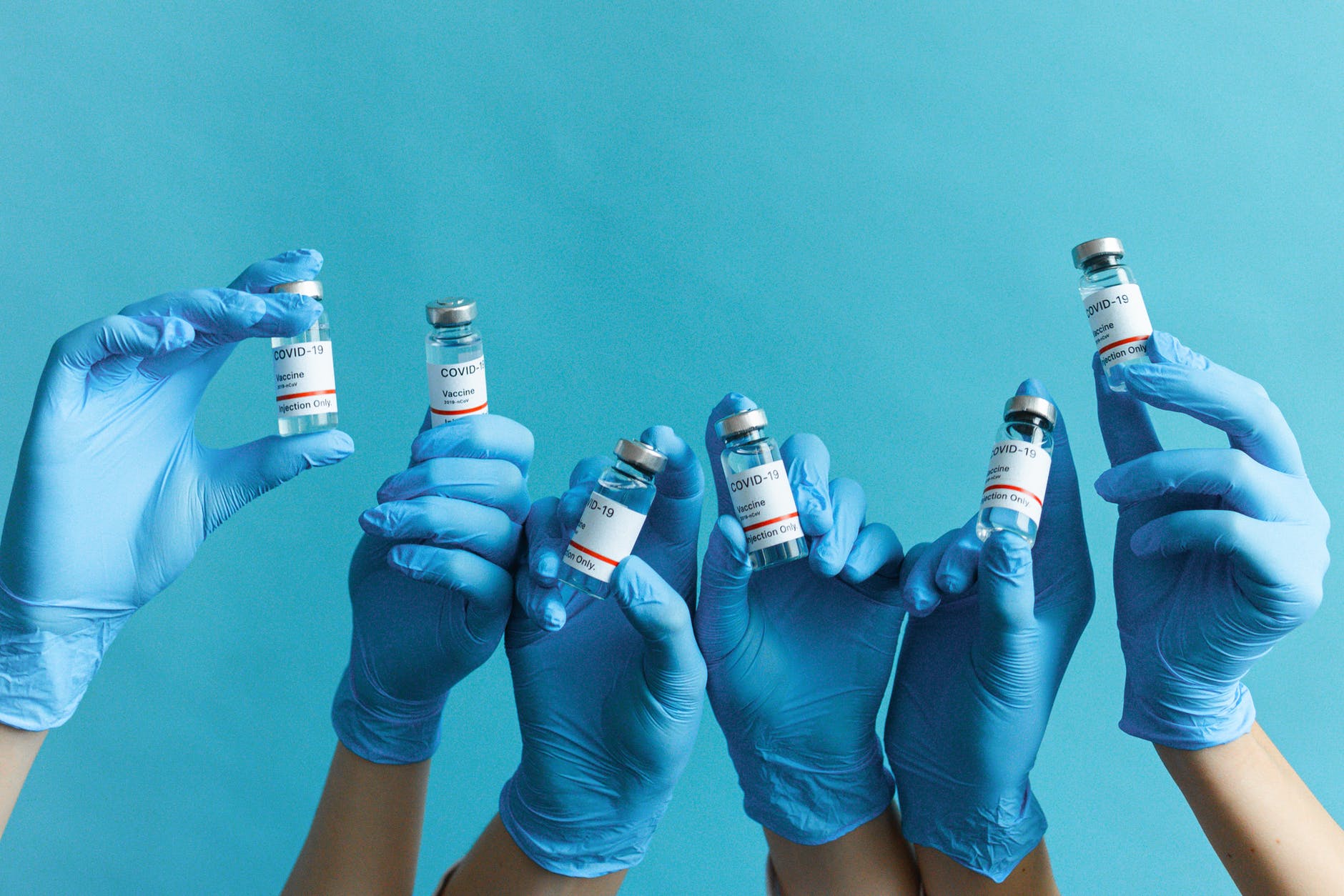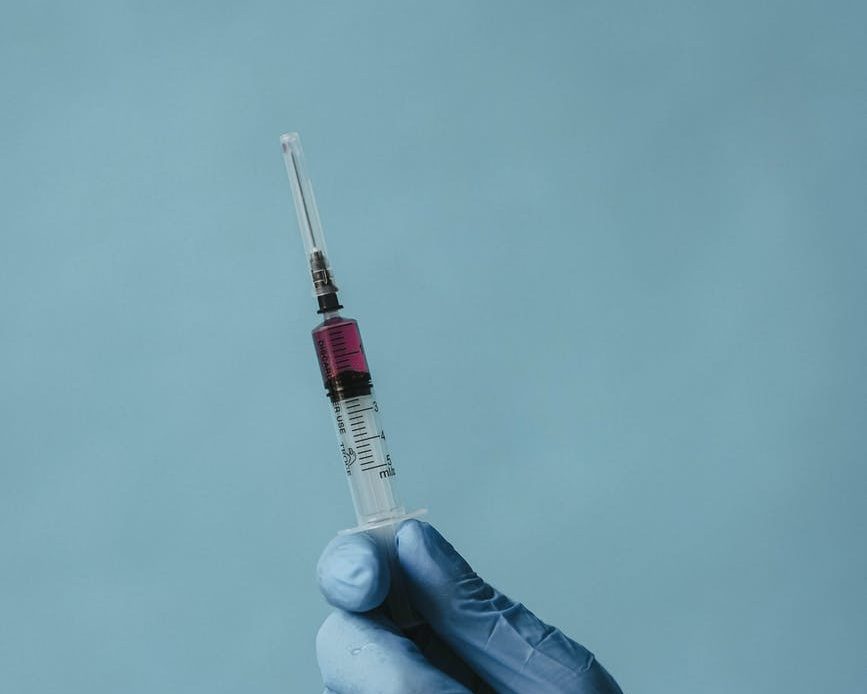Gloves protect skin from chemical absorption, thermal burns, and lacerations as well as cryogenic liquid exposure. In a laboratory environment, it can be difficult to choose right-hand protection.
Handling hazardous materials, chemicals with unknown toxicity, corrosive substances, rough or sharp-edged items, very hot or very low temperatures, or chemicals of unknown toxicity, requires gloves As protection against accidental splashes and contact with laboratory chemicals, disposable nitrile glove or neoprene gloves are often appropriate. To ensure chemical compatibility, it is important to consult the SDS.
The appropriate glove material should always be chosen based on task and chemical compatibility when working with chemicals that have high acute toxicities, chemicals in high concentrations, or handling chemicals for prolonged periods.
Glove Selection
When choosing a glove, consider the following:
- degradation rating
- Breakthrough time
- Permeation rate
Chemical contact can cause a change in the physical properties and/or shape of a glove. The most common signs of degradation are hardening, stiffening, and swelling as well as shrinking, cracking, shrinking, or shrinking of the glove. The glove’s resistance to chemical exposure is known as its degradation rating.
Breakthrough Time refers to the time that has elapsed between the initial contact with the test chemical on the glove’s surface and the analysis of the chemical inside the glove.
The permeation rate indicates the rate at which test chemicals pass through glove material after breakthrough occurs and equilibrium has been reached. Permeation is the process of the chemical being absorbed on the glove’s surface, diffused through the glove and then desorption on the glove’s inside. Permeation rate cannot be measured if a chemical breakthrough is not observed.
Manufacturers emphasize that degradation and permeation tests are performed under laboratory conditions which may differ from the actual working environment.

Mixtures should be chosen based on the fastest breakthrough time.
Below is a table listing major types of gloves and their general uses. This is not a complete list.
| Glove Material | Uses |
| Butyl | It is resistant to most gases and water vapor permeation. It is especially suitable for use in conjunction with esters and ketones. |
| Neoprene | It has moderate abrasion resistance, good tensile strength, and high heat resistance. Compatible with many acids and caustics as well as oils. |
| Nitrile | Excellent general duty glove. Protects against a variety of oils, solvents, petroleum products, and some corrosives. It is resistant to punctures, cuts, and snags. |
| PVC | It is resistant to most oils, fats, and petroleum hydrocarbons and offers excellent protection against abrasions. |
| PVA | Gases are not able to penetrate. Excellent protection against aromatic and chlorinated solvents. It cannot be used in water and water-based solutions. |
| Viton | Excellent resistance to aromatic and chlorinated solvents. Excellent resistance to cuts, abrasions. |
| Silver Shield | It is resistant to a variety of hazardous and toxic chemicals. This provides the highest overall level of chemical resistance. |
| Natural rubber | It is flexible and resistant to many acids, caustic salts detergents, and alcohols. |
Compatibility Information
Many glove manufacturers offer chemical compatibility charts for their gloves. These charts can be found online at Fisher Scientific (link is external) and Chemical Rest(link is external).
SDS’s generally recommend that protective gloves be made of the highest quality material. Chemical manufacturers can provide SDS’s.
Additional Considerations
Double gloving with a compatible material is an option. If the outer glove shows signs of contamination, you can immediately remove and replace it. To increase dexterity, you may be able to wear tight-fitting gloves over loose gloves in certain cases, like when you are wearing Silver Shield gloves.
Glove thickness is another consideration. It’s usually measured in millimeters or gauge. A 10-gauge glove equals 10 mils or 0.01 inches. Thicker, lighter gloves may have shorter breakthrough times but offer greater touch sensitivity and flexibility. The breakthrough time is generally quadrupled by increasing the thickness of the glove.
Glove length should always be selected based on where chemical splashes are likely or the depth at which the arm is to be submerged. Gloves that are longer than 14 inches offer extra protection from splash and immersion.
Glove size may also be important. One size doesn’t fit all. Gloves that are too tight can cause fatigue. Gloves that are too loose can lead to loose finger ends, which makes it more difficult to work. The reported glove size is approximately equal to the circumference of your hand-measured in inches. For some tasks, gloves color, cuff design and lining should all be considered.
Glove Inspection, Use, and Care
Before you use gloves, inspect them for any signs of puncture or degradation. You can test for pinholes by trapping air or blowing it inside the gloves and then rolling them out. Don’t fill the gloves with water. This can make the gloves more uncomfortable and can make it harder to spot a leak.
If you see any signs of contamination, change your disposable gloves. If gloves are used for a long time, it is important to wash them frequently.
Outside of the laboratory, gloves are not recommended. To transport research materials from the lab to other areas, use carts or carriers. To touch common objects, such as doorknobs and elevator buttons, one gloved and one ungloved hand should be used if materials must be carried by hand.
While wearing gloves, be careful not to touch any other materials. Contacting phones, equipment, or any other surface can cause contamination. Avoid touching your skin, hair, or clothing.
Wash the glove’s exterior before removing them. To prevent skin contact, take the first glove out by grasping the cuff. Then remove the glove from the hand and turn the glove inside-out. You can repeat the process by touching the glove cuff on the inside. Use soap and water to wash your hands immediately.

Proper Glove Removal
Avoid skin contact with the glove’s exterior and contamination by removing gloves You should take out disposable gloves as follows:
- Grab the glove’s exterior with one gloved hand and you’re other gloved.
- Take the glove out of your hand and turn it inside-out. ………… Now the contamination is inside.
- Hold the glove in one hand and then roll it up with your other gloved.
- Place your non-gloved hand into the glove’s opening. …….. Do not touch the exterior.
- Take the glove out of your hand and turn it upside down. …. All contaminants are contained.
- Recycle appropriately
Latex Gloves and Related Allergies
Exposure to latex can cause allergic reactions or skin sensitivity. Skin reactions to latex include inflammation and skin rashes, irritation of the respiratory tract, asthma, shock, and severe allergic reactions. It is unknown how much exposure is required to make an individual sensitive to natural rubber latex. However, sensitization will decrease if exposures are decreased.

